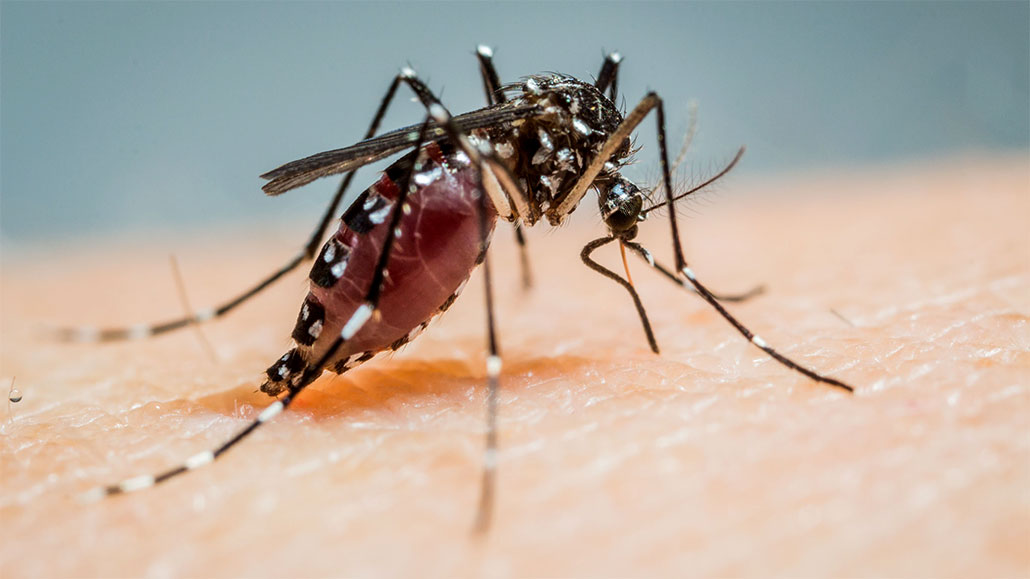
Animals
Mosquitoes taste you before they decide to bite
Mosquitoes seem to prefer some flavors over others. Knowing what they like — and hate — could lead to better ways to prevent bites.
Come explore with us!

Mosquitoes seem to prefer some flavors over others. Knowing what they like — and hate — could lead to better ways to prevent bites.

The outbreak shows that a near absence of once-common childhood diseases — like measles — is not evidence that vaccines are unnecessary.

Our autonomic nervous system balances two natural responses. If stressed or overwhelmed, simple techniques can help to restore that balance.

Someday, technology might be able to help people better hold onto memories or forget bad ones.

Thermo Fisher JIC finalist Giselle Drewett wanted to know how lifestyle might influence a gene related to dyslexia.

Enzymes from animals helped a test plant make two nutrients essential for a balanced diet. Normally, those nutrients would only be found in meat.

Death by heartbreak doesn't just happen in stories. In real life, severe stress can cause takotsubo syndrome — a sometimes fatal heart problem.

As rivers seek out easier routes to the sea, path reroutes can transform our world. This is ‘avulsion’ refers to in geology. In medicine, the word can describe injuries.

In 2024, tobacco use among middle- and high-school students reached a record low. But new vapes and nicotine-based products keep coming.

A hair pull is detected by a protein used to sense light touches. It also travels faster than most other types of pain.